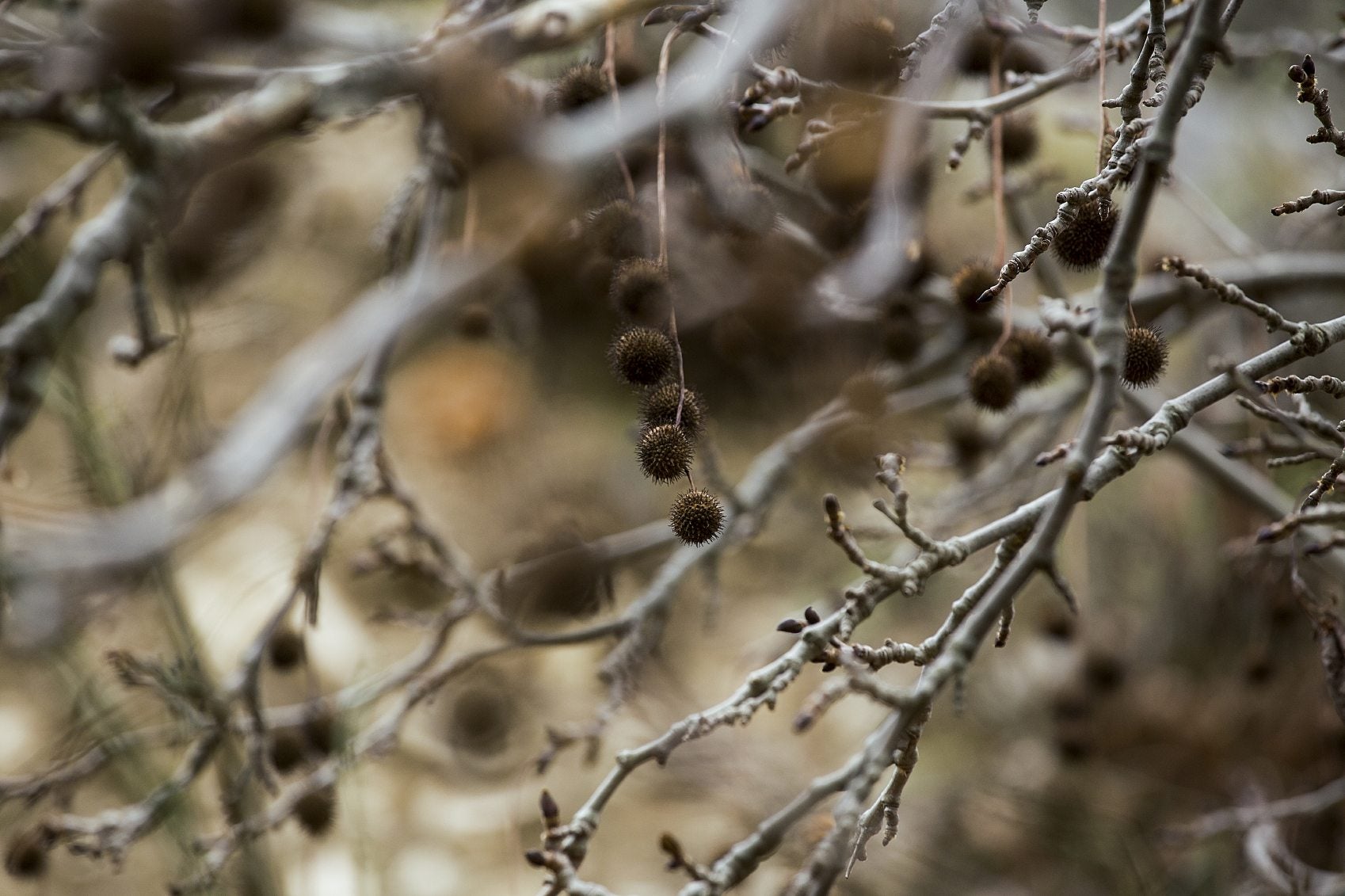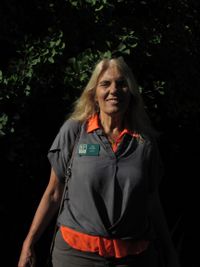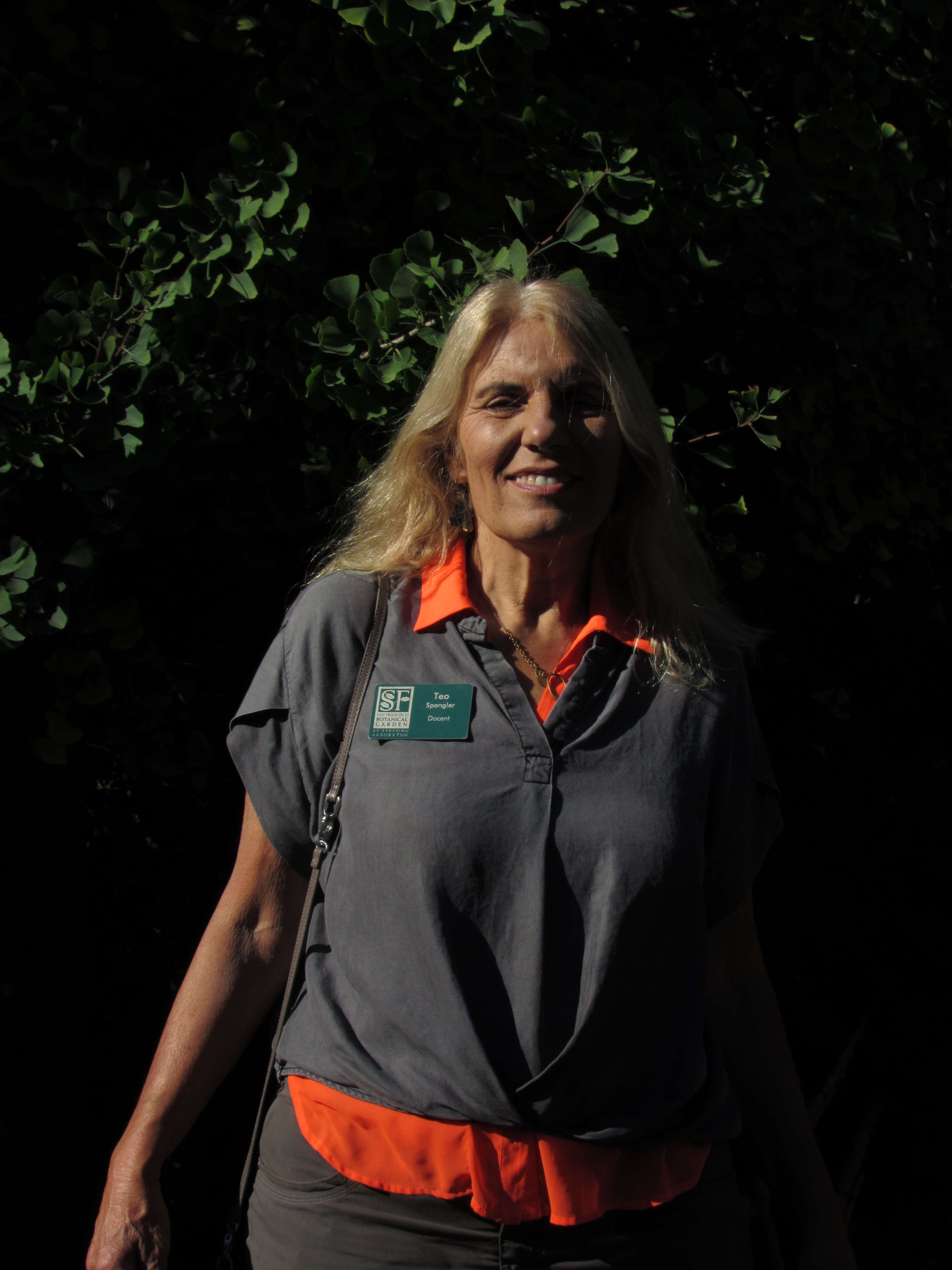Pruning Chestnut Trees: How To Prune A Chestnut Tree


Chestnut trees grow just fine without pruning – up to 48 inches (1 m.) per year – but that doesn’t mean that cutting back chestnut trees is a waste of time. Chestnut tree pruning can keep a tree healthier, create a more attractive tree, and increase nut production. Pruning chestnut trees is not difficult. Read on to learn why and how to prune a chestnut tree.
Reasons for Trimming a Chestnut Tree
Whether you grow one chestnut tree in your backyard or have an orchard for commercial production, the most important reason to begin pruning chestnut trees is to improve their health. You should remove any branches that might cause the tree problems in the future. This includes broken branches, diseased branches, and branches with to narrow a crotch angle. Keeping your chestnut tree balanced is also important to its health. Consider starting chestnut tree pruning if branches on one side are significantly bigger and heavier than branches on the other. Commercial chestnut producers also prune their trees to help improve production. They prune out low branches to permit them to access the tree without bumping their heads. Chestnut tree pruning is also a way to limit tree height.
When to Start Cutting Back Chestnut Trees
Most chestnut tree pruning should take place in winter when the trees are dormant. If you are pruning to shape the tree or to limit its height, do it on a dry day in winter. Pruning back a broken or diseased branch shouldn’t wait for winter, however. Don’t hesitate to start cutting back chestnut trees for health reasons in summer, as long as the weather is dry. It’s critical to wait for dry weather to start cutting back chestnut trees. Trimming a chestnut tree while it is raining, or about to rain, is never recommended. It provides disease an easy way to enter the tree. If you prune during rain, the water drips directly into the pruning wounds, which can allow infection to enter the tree. Since chestnuts usually do not bleed sap when they are trimmed, new cuts are vulnerable until healed.
How to Prune Chestnut Trees
If you're considering how to prune chestnut trees, you’ll want to start by using the correct tools. Use pruners for branches under one inch (2.5 cm.) in diameter, loppers for branches from 1 to 2 ½ inches (2.5-6 cm.), and saws for bigger branches. The central leader system is the most popular for trimming a chestnut tree. In this system, all leaders but the strongest are removed to encourage tree height. However, the open-center system is preferred by some commercial producers. Whichever system you choose to use for trimming a chestnut tree, never remove more than one third of the chestnut tree in any one year. Remember that you won’t get any nuts at all on branches that are shaded as well.
Sign up for the Gardening Know How newsletter today and receive a free copy of our e-book "How to Grow Delicious Tomatoes".

Teo Spengler is a master gardener and a docent at the San Francisco Botanical Garden, where she hosts public tours. She has studied horticulture and written about nature, trees, plants, and gardening for more than two decades, following a career as an attorney and legal writer. Her extended family includes some 30 houseplants and hundreds of outdoor plants, including 250 trees, which are her main passion. Spengler currently splits her life between San Francisco and the French Basque Country, though she was raised in Alaska, giving her experience of gardening in a range of climates.